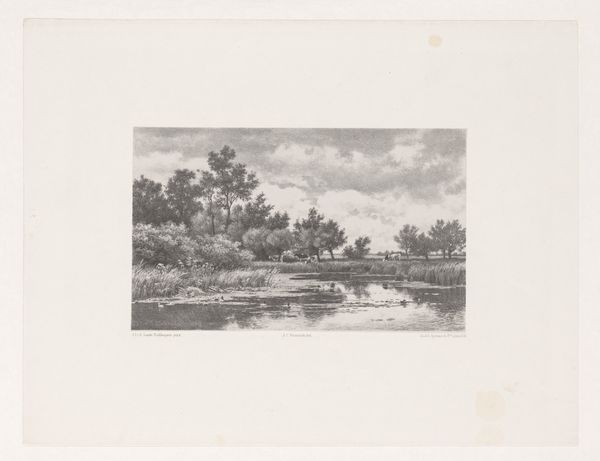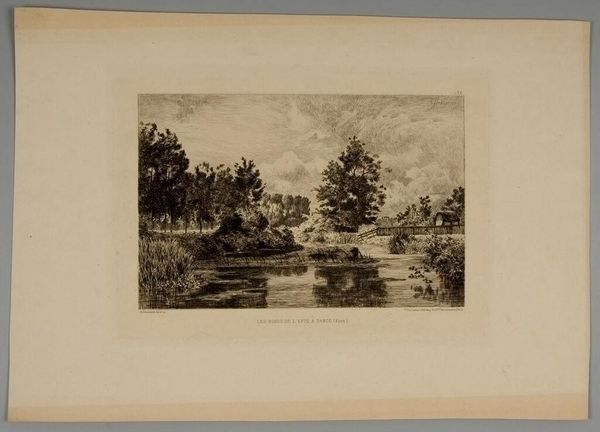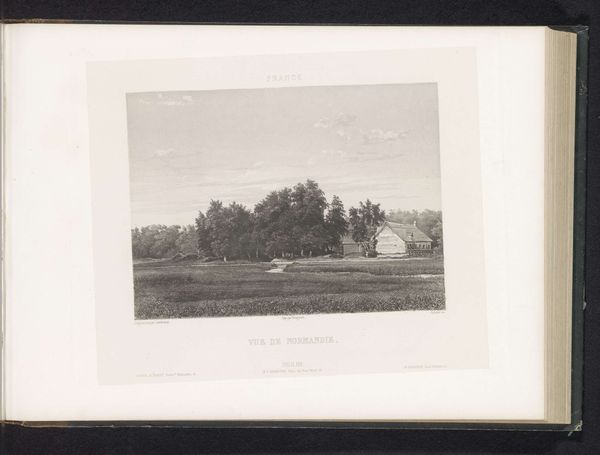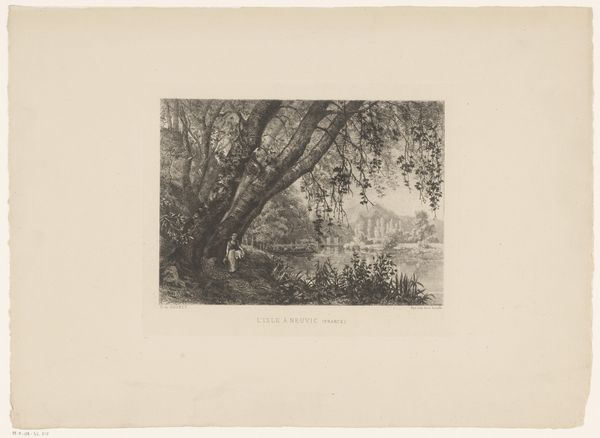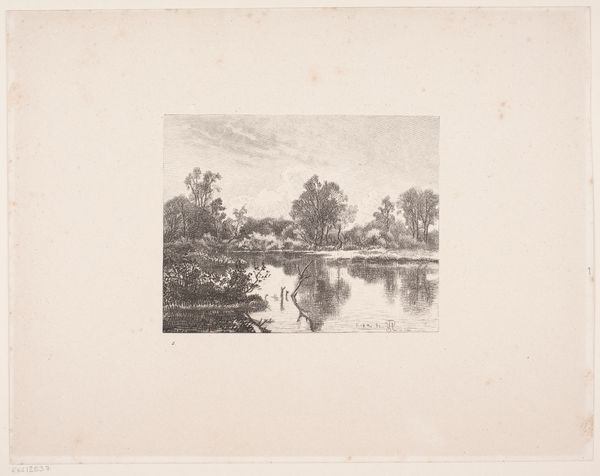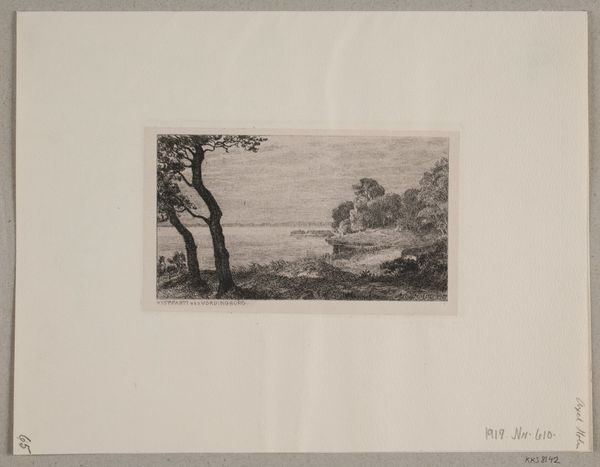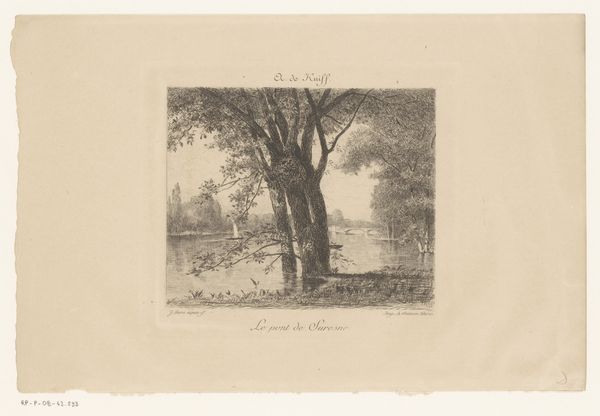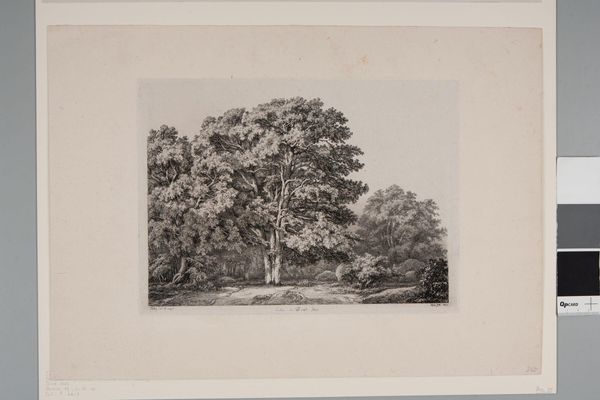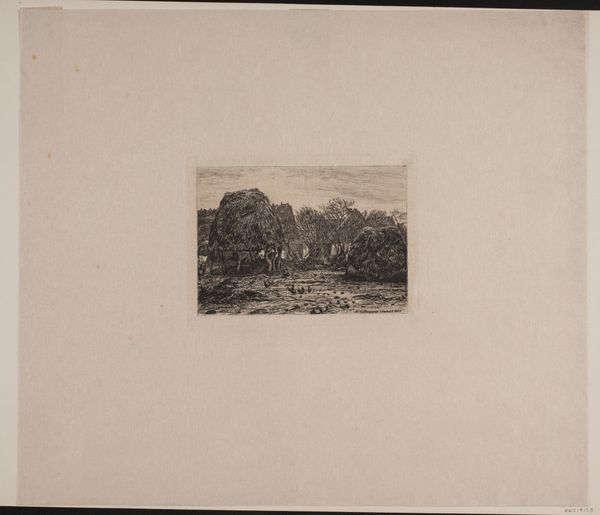
print, engraving
# print
#
old engraving style
#
landscape
#
river
#
romanticism
#
genre-painting
#
engraving
#
realism
Dimensions: height 143 mm, width 203 mm
Copyright: Rijks Museum: Open Domain
Editor: This is Charles François Daubigny's "Gezicht op (vermoedelijk) de Seine te Meudon," which translates to "View of (presumably) the Seine at Meudon," dating back to before 1841. It's an engraving, and the detail achieved is incredible. What catches your eye about this print? Curator: Considering Daubigny’s choice of engraving, let’s consider the material implications. Prints allowed for the mass reproduction and distribution of imagery, catering to a burgeoning middle class eager to consume representations of idyllic landscapes. Editor: So, you're saying that the medium itself contributed to how the work was received? Curator: Absolutely. Think about the labor involved in creating an engraving like this. The repetitive, meticulous process of etching into a metal plate speaks to a certain kind of work ethic and artistic practice, diverging from the more spontaneous gestures of painting. How do you see this detailed craftsmanship relating to the landscape depicted? Editor: Well, the scene itself appears very serene, almost pastoral. Sheep are grazing; someone is resting on the riverbank... It contrasts sharply with the intensive labour you mentioned was needed to make the print! Curator: Exactly! The romantic ideal of a leisurely life is being commodified and sold back to society. There's an irony in that the portrayal of effortless ease necessitates tremendous effort. Also, the reproducibility challenges traditional notions of the artist's hand, and democratises consumption of art. Did this change your view of the artwork? Editor: It did! I had thought mostly about the style and imagery before, now I also realize that the choices of materials had huge cultural meaning. Thanks for pointing that out. Curator: My pleasure. Analyzing art through this lens helps reveal how closely intertwined the means of production are with cultural values.
Comments
No comments
Be the first to comment and join the conversation on the ultimate creative platform.
